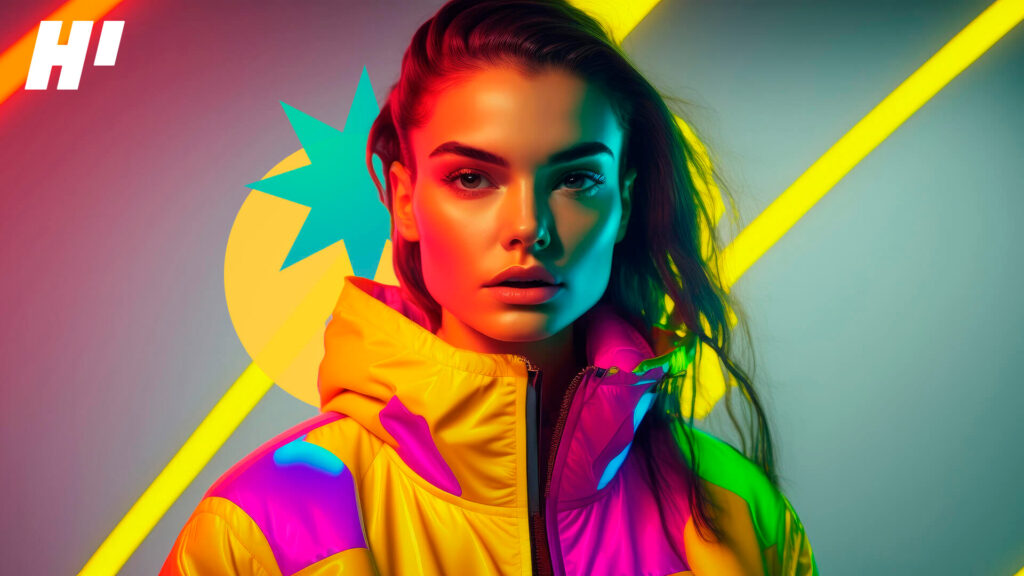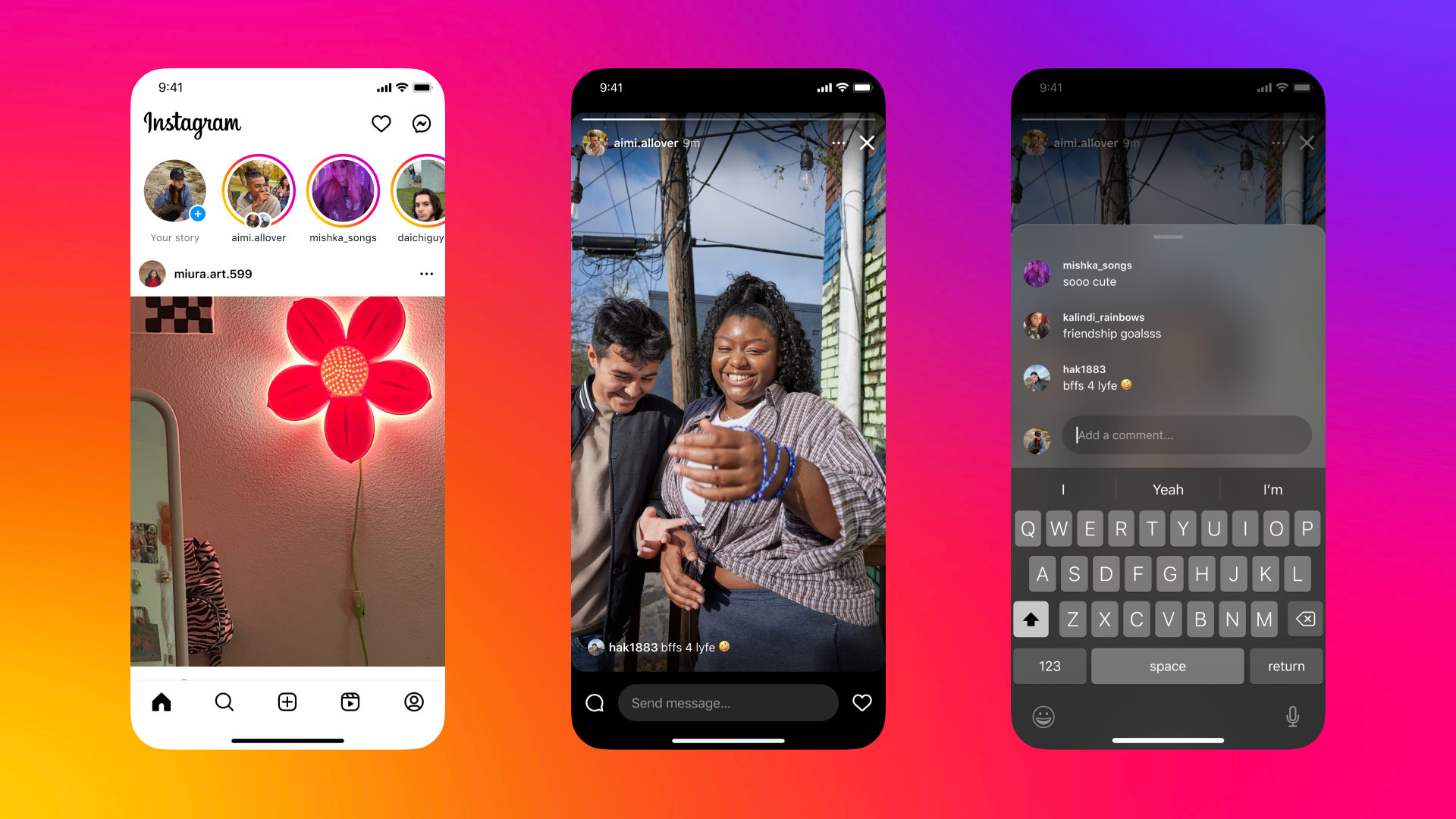In the fast-paced world of influencer marketing, finding the right creator to partner with can make or break a campaign. Gone are the days when brands relied solely on gut feelings or endless spreadsheets to scout talent. As we head into 2026, smarter systems are stepping in to streamline the process, helping teams match creators based on data-driven insights that go beyond surface-level stats. This shift isn’t just about speed—it’s about creating connections that resonate with audiences and deliver real results. In this post, we’ll break down the key tools making waves, the perks they offer over old-school methods, some standout brand stories, potential pitfalls to watch out for, and a practical guide to getting started.
Table of Contents
Overview of AI Tools for Influencer Matching
These platforms use clever algorithms to sift through vast amounts of data, from audience demographics to engagement patterns, to suggest the best fits for your brand. They’re designed to handle the heavy lifting, analyzing things like past performance, content style, and even sentiment in comments to predict how well a collaboration might land.
Here are some standout options heading into 2026:
- HypeAuditor: This tool digs deep into influencer analytics, spotting fake followers and evaluating authenticity. It’s great for brands wanting to ensure their matches are genuine and effective.
- Traackr: Focused on relationship management, Traackr uses data to rank influencers by relevance and impact. Big names like Procter & Gamble have turned to it for precise pairings.
- GRIN: An all-in-one platform that automates discovery and outreach. It pulls in e-commerce data to match creators who drive actual sales, making it ideal for direct-to-consumer brands.
- Upfluence: This one integrates with your CRM, scanning social channels to find influencers whose audiences align closely with your target market. It’s user-friendly for teams scaling up campaigns.
- Viral Nation: Specializing in predictive analytics, it forecasts campaign outcomes by matching based on behavioral data, helping avoid mismatches that waste time and budget.
Other mentions worth exploring include Hootsuite for social listening tie-ins and Influencer Hero for behavior-focused predictions. As 2026 approaches, expect these tools to incorporate even more real-time data from emerging platforms.

Benefits Over Manual Vetting
Manually scrolling through profiles and crunching numbers? It’s time-consuming and prone to oversights—like missing a creator’s subtle audience shift or overestimating engagement based on vanity metrics. These systems flip the script by processing thousands of data points in minutes, offering a level of precision that’s hard to beat.
Key advantages include:
- Time Savings: What used to take weeks can now happen in hours, freeing up your team for strategy and creative work.
- Better Alignment: By looking at factors like audience overlap and conversion potential, matches feel more natural and yield higher ROI—studies show up to 30% boosts in campaign performance.
- Scalability: For brands running multiple campaigns, these tools handle volume without sacrificing quality, making it easier to expand into new niches.
- Data-Driven Decisions: Instead of relying on hunches, you’re backed by insights on things like sentiment history, reducing the risk of poor fits.
In short, it’s like having a super-efficient scout who never sleeps, ensuring your partnerships are built on solid ground rather than guesswork.
Real-World Examples from Brands
Plenty of companies are already seeing the payoff. Take PepsiCo, which leveraged Traackr to identify influencers for targeted regional campaigns. By matching creators whose followers matched their demographic sweet spots, they boosted engagement by double digits without inflating budgets.
Airbnb has integrated similar tech internally to pair with travel influencers, using audience behavior data to predict which collaborations would drive bookings. The result? More authentic stories that resonated, leading to higher conversion rates during peak seasons.
Then there’s Shopify, which employs platforms like GRIN to connect merchants with e-commerce-savvy creators. One case saw a small brand triple its sales through matches that aligned perfectly with niche audiences, proving how these tools level the playing field for smaller players too.
These stories highlight how brands aren’t just saving effort—they’re unlocking partnerships that feel organic and deliver measurable wins.

Ethical Considerations and Limitations
While the upsides are clear, it’s not all smooth sailing. One big concern is algorithmic bias: if the data fed into these systems skews toward certain demographics, it could exclude diverse creators or perpetuate stereotypes. Privacy is another hot button—pulling in user data for matching raises questions about consent and how information is handled.
On the flip side, over-reliance might strip away the human element, leading to matches that look good on paper but lack chemistry. There’s also the risk of inauthenticity if tools prioritize metrics over genuine alignment, potentially eroding trust with audiences.
Limitations include data gaps in emerging markets or for nano-influencers, where less info means less accurate predictions. Plus, no system is foolproof—human oversight is still key to catch nuances algorithms might miss. To navigate this, brands should prioritize transparent platforms and regularly audit for fairness.
Step-by-Step Implementation Guide
Ready to dive in? Here’s a straightforward roadmap to roll out these tools effectively in 2026:
- Define Your Goals: Start by outlining what success looks like—whether it’s boosting awareness, driving sales, or entering a new market. This guides which data points matter most.
- Select the Right Tool: Evaluate options based on your needs. Need strong analytics? Go for HypeAuditor. Scaling e-commerce? Try GRIN. Test a few with trials to see what fits your workflow.
- Integrate Your Data: Connect the platform to your existing systems, like CRM or social analytics, for a fuller picture. Input brand values and audience personas to refine suggestions.
- Combine with Human Insight: Use AI matches as a starting point, then review manually for cultural fit and creativity. Involve your team in final decisions to add that personal touch.
- Launch and Monitor: Roll out a pilot campaign, track metrics like engagement and ROI, and tweak as needed. Set up alerts for performance dips to stay proactive.
- Evaluate and Iterate: Post-campaign, analyze what worked and refine your approach. As tech evolves, keep an eye on updates for features like VR integrations or advanced sentiment tracking.
By following these steps, you’ll build a system that’s efficient yet thoughtful, setting your campaigns up for long-term success.
As influencer marketing continues to evolve, embracing these tools thoughtfully can give your brand a serious edge. If you’re looking to refine your strategy or need help with implementation, reach out to our team at HireInfluence—we’re here to make those perfect matches happen. What’s your take on this tech? Drop a comment below!





